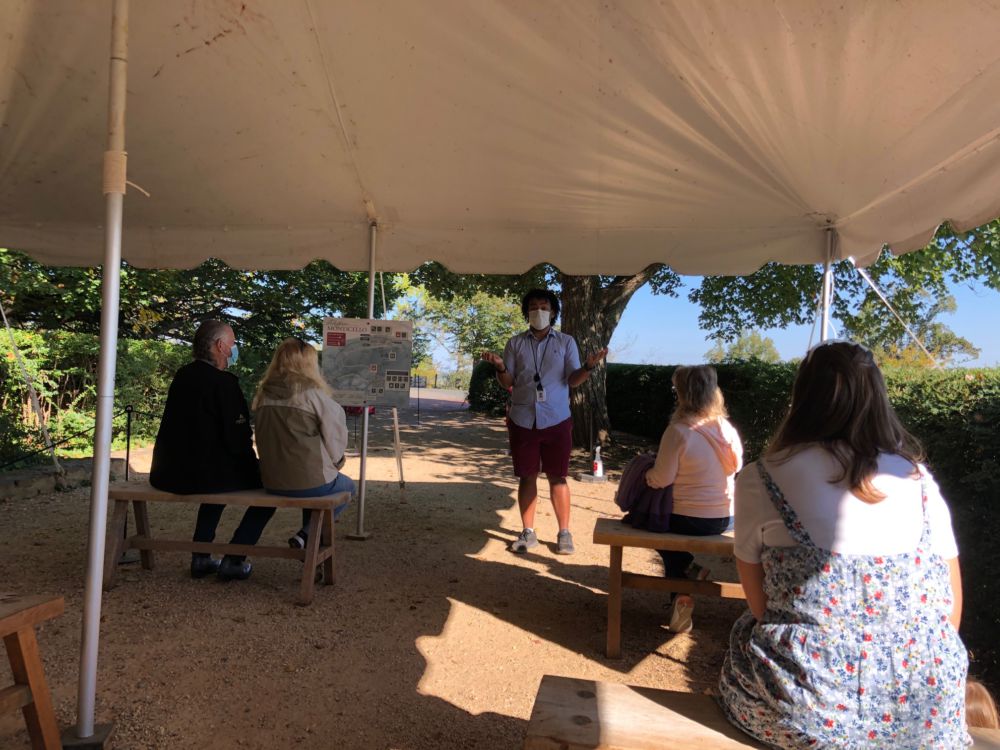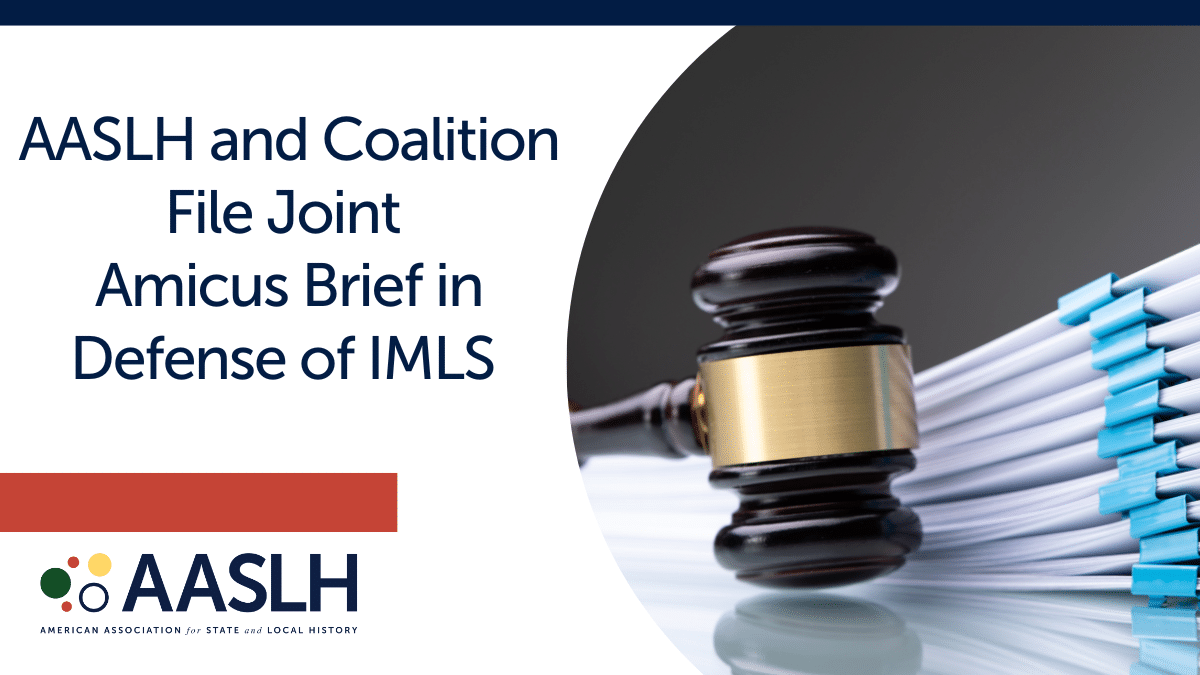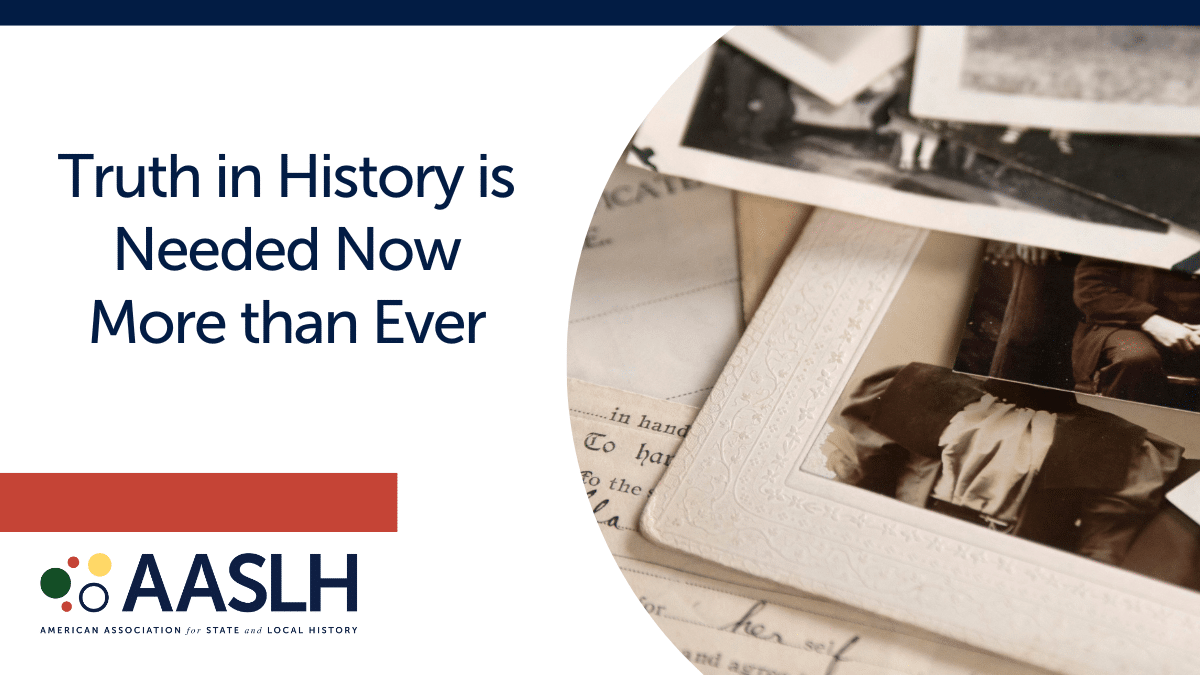
By Bethany Hawkins, AASLH COO
After months of being at home due to the coronavirus pandemic, my fourteen-year-old son and I decided to take a road trip from Tennessee to Virginia during fall break to get out of the house and visit some of the nation’s most famous historic sites. We visited Monticello, Appomattox Court House National Historical Park, Colonial Williamsburg, Jamestown Settlement, and the American Revolution Museum at Yorktown.
 We enjoyed our trip and getting to spend time together, but I also was able to experience the reopening of these museums as a visitor which offered me a different perspective on post-pandemic museum landscape. All the sites were offering abbreviated experiences due to COVID and dealing with staff layoffs and furloughs. While all these sites are large when compared by budget, staff size, and general acreage, the issues they face related to reopening during COVID are the same as organizations with budgets and staffs 1/8th their size.
We enjoyed our trip and getting to spend time together, but I also was able to experience the reopening of these museums as a visitor which offered me a different perspective on post-pandemic museum landscape. All the sites were offering abbreviated experiences due to COVID and dealing with staff layoffs and furloughs. While all these sites are large when compared by budget, staff size, and general acreage, the issues they face related to reopening during COVID are the same as organizations with budgets and staffs 1/8th their size.
Based on my experience as a general, paying visitor to these sites, there are seven things that I think make for a successful (and safe) reopening for history organizations of all sizes during this time of crisis.
1. Practice what you preach. You can have signs for masks and social distancing throughout your museum, but if your staff and volunteers are not following the rules, they are meaningless. We visited a site that had signs everywhere about masks and social distancing but required a shuttle bus to get to the main historic area. We entered the bus, and everyone had spaced themselves a row apart, following the social distancing policies posted everywhere. Then the shuttle driver packed people on the bus until every seat was taken. Then, in our first experience off the bus at this same site, we had to wait forty minutes to enter a historic residence because they were only taking ten people at a time due to social distancing. It sent mixed messages and caused a great deal of frustration on our part.
2. Don’t skip the orientation. The most important thing I noticed on this trip was that orientation (in person) makes all the difference in the visitor experience. When we visited Monticello, groups exited the socially distanced shuttle bus and were led to a staging area under small tents. At that point, a trained interpreter joined us to give us an orientation to the experience in the house as well as the history of the site.

He explained what to expect when we entered the house including QR codes to pull up their website for further information on the rooms and furnishings. What stood out the most to me was that he also addressed what I understand to be the main interpretive ideas for the site. He guided our small group to think about the contradictions of Thomas Jefferson as the author of the Declaration of Independence and a slave owner. He talked of Jefferson as a man of great intellect and ideas who left his family with little financial resources upon his death. He discussed how and why the site was preserved. Finally, he led us to notice (and appreciate) the work of the enslaved people at Monticello. This was done in about five to seven minutes.
It made for one of the most enjoyable experiences of our trip because it provided direction in how to interact with the place during the rest of our visit.
Also, just because you have orientation materials on your website or in your confirmation email if you do e-ticketing, don’t assume visitors will read and comprehend it. This can be another cause of frustration. Don’t be afraid to hand people a map if you normally use one. This can be done safely without physical contact. Also, if you use a film for orientation, find a way to make it available in a socially distanced way. Rope off seats or distance chairs. It is a bit more work, but really enhances the visitor experience as proven in our experiences at Jamestown and Yorktown.
3. Hand sanitizer is appreciated. This seems like a no-brainer, but all the sites we visited had multiple hand sanitizer stations throughout their property. They were especially effective as we entered and exited different galleries or buildings. Easy access to hand sanitizer combined with the requirement to wear masks at all the sites we visited made us feel like the staff really cared about our safety.
 4. Have fun with signage. All the sites we visited have lots of signage with rules for visitors outlining expectations. The best ones were those that incorporated a bit of humor and connected to the history of the site. For example, the Jamestown-Yorktown Foundation used photos of historic artifacts to show the six feet recommendation for social distancing and reminded people to have fun during their visit.
4. Have fun with signage. All the sites we visited have lots of signage with rules for visitors outlining expectations. The best ones were those that incorporated a bit of humor and connected to the history of the site. For example, the Jamestown-Yorktown Foundation used photos of historic artifacts to show the six feet recommendation for social distancing and reminded people to have fun during their visit.
5. Interactives are not missed. One of the things that provide a definite COVID hazard in museums and historic sites are interactives. Museum people love to include interactives in their exhibits whether they are touch screens or simple, non-tech activities. All the museums we visited had dismantled their interactives. I did not miss them. Granted, my son is a teenager, so my opinion might be different if he was between the ages of four and ten. But, I did notice more family groups talking to each other about the exhibits instead of standing around a touch screen. I thought that was a good thing.
6. Let people know if you are still experimenting. We are all still finding out how to navigate the post-COVID world. It is okay if you don’t have it all figured out for your history organization. Feel free to share that with your visitors. We visited one historic house at Colonial Williamsburg that obviously was still figuring it out, and, frankly, what they were doing was not working. The docent, however, let us know that they had just opened that house last week and were having to adapt and change almost daily as they figured out the best way to let people tour the property safely. Overall, this site was one of our worst experiences on our trip, but I was able to extend a little grace because I knew they were trying to improve. It also gave visitors permission to offer suggestions and feedback on the process.
7. Don’t tell people what they are missing. People are just excited to be able to get out of their house. Be sure you tell your frontline staff and volunteers not to point out what is not accessible due to COVID. The worst thing for a visitor is to hear about your cool immersive experience that they could have done in February but cannot do now. They won’t miss it if they don’t know about it. If you must mention it, give a good explanation to help your visitors understand your decision. For example, one historic site noted that we could not go to the second floor because the handrail was original, and they had not found a product yet that could disinfect it without harming the wood finish. This explanation left me thinking that protecting the original materials was important to the mission of the organization and that decision was made after a great deal of thought and research. As a result, I felt I was helping to conserve the site instead of missing out on part of the tour.
We are all dealing with major issues as our organizations try to recover from COVID. Historic sites and other museums will still be dealing with this issue into 2021. Hopefully, these seven tips will help you think about reopening from the visitor perspective and increase your ability to do so safely and without sacrificing your educational mission.
Bethany L. Hawkins is the Chief of Operations at the American Association for State and Local History. She can be reached at [email protected].



